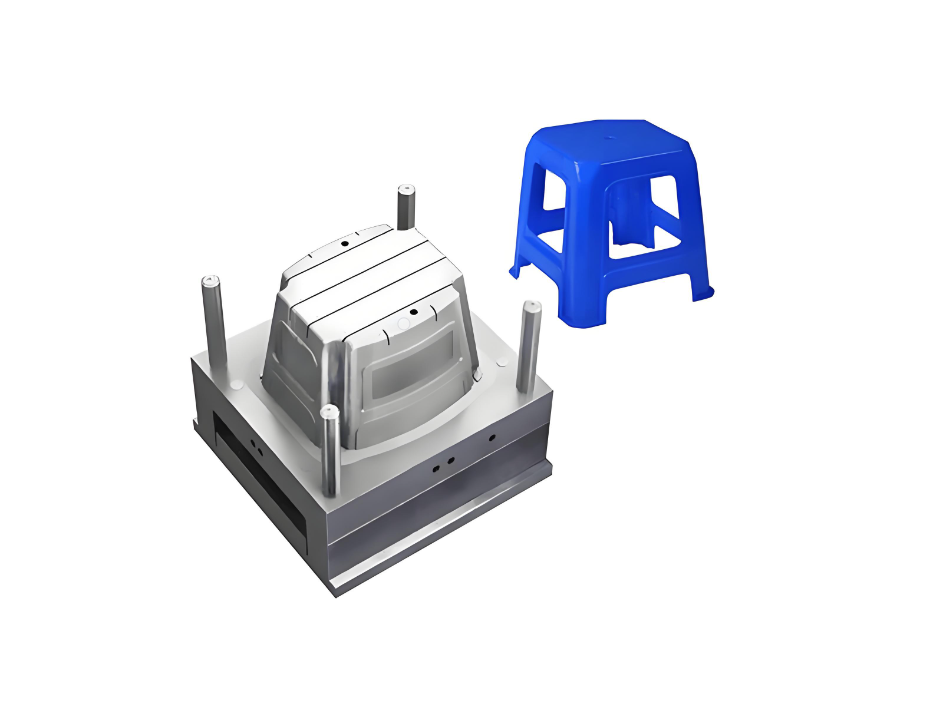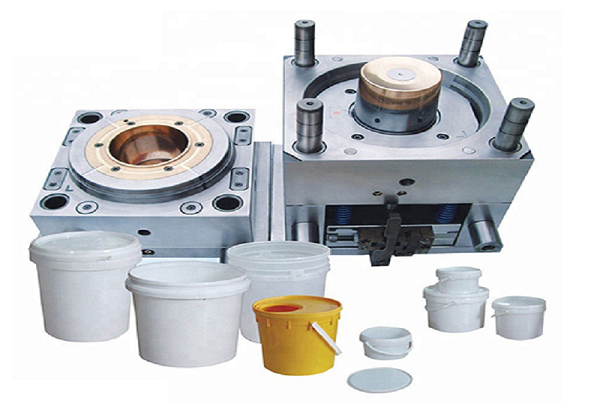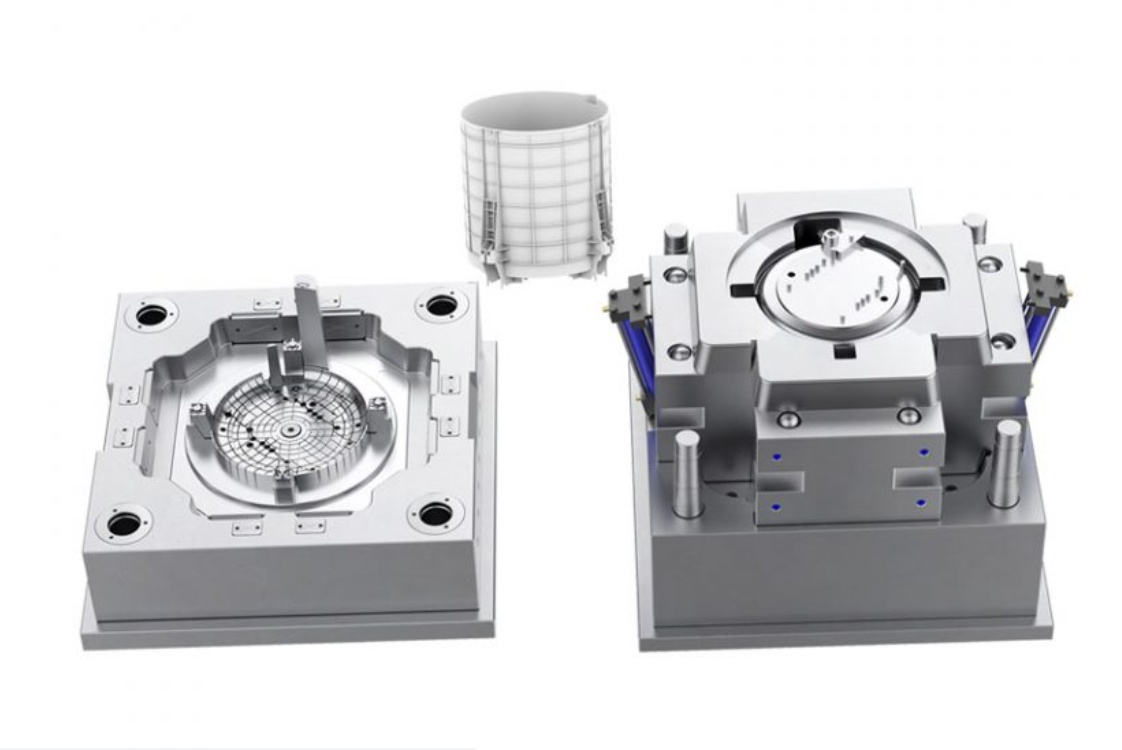Views: 0 Author: Site Editor Publish Time: 2025-03-14 Origin: Site











Commodity mould machines play a pivotal role in the mass production of everyday items. These machines are essential for creating a wide array of products that are integral to modern life, ranging from Commodity goods to industrial components. The precision and efficiency of these machines allow manufacturers to produce high-quality items at scale, ensuring consistency and reliability across products.
A fundamental understanding of commodity mould machines is crucial for industries that rely on products such as plastic baskets, crate boxes, and baby chairs. These items not only require durable materials but also precise moulding techniques to meet quality standards and consumer expectations. This article delves into the intricacies of commodity mould machines, exploring their applications, technological advancements, and their significant impact on manufacturing processes.

Commodity mould machines are specialized equipment used in the manufacturing industry to produce large volumes of identical components through the process of injection moulding. These machines inject molten material, typically thermoplastics, into a pre-designed mould cavity where it cools and solidifies into the desired shape. The precision and efficiency of commodity mould machines make them indispensable for mass production, ensuring uniformity and high-quality standards across extensive production runs.
The operation of commodity mould machines involves several critical stages, including mould design, material selection, and process optimization. Mould design is a meticulous process that requires detailed engineering to ensure that the final product meets all specifications regarding dimensions, strength, and aesthetics. Material selection is equally important, as different thermoplastics have varying properties that affect the performance and durability of the final product. Process optimization involves fine-tuning the injection parameters, such as temperature, pressure, and cooling time, to enhance production efficiency and product quality.
Commodity mould machines have a wide range of applications across various industries. In the consumer goods sector, they are used extensively to produce Commodity items such as storage containers, utensils, and decorative objects. The automotive industry relies on these machines for manufacturing components like dashboards, panels, and other interior parts. In the medical field, commodity mould machines produce essential items including syringes, vials, and components for medical devices.
A significant application of commodity mould machines is in the production of crate boxes used for storage and transportation of goods. These boxes require durable construction and precise dimensions to ensure they can be stacked and handled efficiently. The use of commodity mould machines ensures that each crate box meets the necessary strength and size requirements, facilitating their widespread use in logistics and warehousing.

The field of commodity moulding has seen significant technological advancements, particularly in the areas of automation, precision engineering, and material science. The integration of computer-aided design (CAD) and computer-aided manufacturing (CAM) systems has streamlined the mould design process, enabling more complex and precise moulds to be created. This integration allows for rapid prototyping and reduces the time from design to production.
Additionally, advancements in injection moulding machines have increased production efficiency. Modern machines are equipped with advanced control systems that monitor and adjust processing parameters in real-time, ensuring consistent product quality. The development of multi-material and multi-color injection moulding techniques has expanded the possibilities for designers and manufacturers, allowing the production of components with complex aesthetics and functional properties in a single moulding process.
Plastic baskets are common Commodity items used for storage and organization. The production of these baskets requires commodity mould machines capable of producing items with intricate designs and varying thicknesses. The moulds must accommodate features such as handles, ventilation holes, and decorative patterns, all while maintaining structural integrity. The use of high-quality mould materials and precise engineering ensures that plastic baskets are durable and meet consumer expectations for functionality and aesthetics.
Crate boxes are essential in the logistics industry for the storage and transportation of goods. The production of crate boxes involves the use of commodity mould machines designed to create robust and stackable units. These boxes must withstand significant weight and environmental stressors, requiring the moulds to produce components with uniform wall thickness and reinforced structures. Technological advancements in moulding have allowed for the incorporation of features such as interlocking systems and ergonomic handles, enhancing the functionality of crate boxes.
Baby chairs represent a critical application of commodity mould machines in the domain of child safety and comfort. The production of baby chairs requires strict adherence to safety standards and ergonomic design principles. Moulds must produce components that are free from defects, have smooth surfaces, and meet precise specifications to ensure the safety of the end-users. The materials used often need to be non-toxic and durable, with mould designs that incorporate features like adjustable components and secure fastenings.
Manufacturers rely on advanced moulding techniques to produce baby chairs that combine functionality, safety, and aesthetic appeal. The integration of commodity mould machines in this process ensures high-volume production without compromising on the stringent quality requirements. This application underscores the importance of precision and reliability in commodity moulding for products that have a direct impact on consumer well-being.
The selection of materials in commodity moulding is a critical factor that influences the properties of the final product. Thermoplastics such as polypropylene (PP), polyethylene (PE), and polyvinyl chloride (PVC) are commonly used due to their versatility and favorable mechanical properties. For instance, PP is widely used in the production of plastic baskets due to its excellent durability, resistance to impact, and ease of moulding.
Advancements in material science have also introduced engineering plastics and composite materials into commodity moulding. These materials offer enhanced properties such as increased strength, thermal stability, and chemical resistance. The use of recycled materials is gaining prominence as manufacturers seek sustainable solutions to reduce environmental impact. Commodity mould machines must be versatile to handle diverse materials while maintaining product quality and production efficiency.
The design of moulds for commodity mould machines is a complex process that requires precision engineering. Mould designers must consider factors such as material flow, cooling rates, shrinkage, and ejection mechanisms. Advanced simulation software is used to predict how the molten material will behave within the mould, allowing designers to optimize the mould geometry and process parameters before actual production.
Precision in mould manufacturing is essential to ensure that the final products meet strict dimensional tolerances and quality standards. Any defects in the mould can lead to product flaws, increased waste, and production inefficiencies. Therefore, manufacturers invest in high-quality materials and advanced machining techniques, such as CNC machining and electrical discharge machining (EDM), to achieve the required precision and surface finishes.

Despite the advancements in technology, commodity moulding faces several challenges. These include managing production costs, reducing cycle times, maintaining consistent product quality, and addressing environmental concerns related to plastic waste. Manufacturers must continuously innovate to overcome these challenges and stay competitive in the market.
One solution is the implementation of automation and robotics in the moulding process. Automation enhances production efficiency, reduces labor costs, and minimizes human error. Additionally, the adoption of predictive maintenance and real-time monitoring systems helps in preventing machine downtime and maintaining optimal operational conditions.
Environmental sustainability is addressed by incorporating recycled materials and developing biodegradable plastics. Manufacturers are also designing products for end-of-life recyclability, contributing to a circular economy. Advances in material science and process engineering play a crucial role in developing sustainable solutions without compromising product performance.
Looking ahead, the commodity moulding industry is poised for significant transformation driven by Industry 4.0 technologies, including the Internet of Things (IoT), artificial intelligence (AI), and data analytics. These technologies enable smarter manufacturing processes, where machines communicate and make autonomous adjustments to optimize production. Predictive analytics can foresee maintenance needs and production bottlenecks, reducing downtime and increasing efficiency.
Furthermore, the development of advanced materials and additive manufacturing techniques may complement traditional moulding processes. The integration of 3D printing with moulding could lead to hybrid manufacturing solutions, offering greater flexibility and customization capabilities. Embracing these technological advancements will be essential for manufacturers to meet evolving market demands and maintain a competitive edge.
Commodity mould machines are integral to the production of a vast array of products that underpin modern life. From everyday Commodity items like plastic baskets to industrial components, these machines enable efficient, high-quality mass production. The continuous advancements in technology, materials, and processes have expanded the capabilities of commodity moulding, allowing manufacturers to meet increasingly complex demands.
As the industry moves forward, addressing challenges such as sustainability and production efficiency will be paramount. Manufacturers must adopt innovative solutions and embrace new technologies to stay ahead. The future of commodity mould machines is bright, promising enhanced performance, greater precision, and a broader range of applications. The ongoing evolution of this field will undoubtedly continue to have a profound impact on manufacturing and the availability of products that enhance our daily lives.
For businesses seeking advanced solutions in commodity moulding, companies specializing in custom mould design and production offer invaluable expertise. The development of products like baby chairs, which require meticulous attention to safety and design, exemplifies the importance of collaboration with experienced mould manufacturers. By leveraging cutting-edge technology and industry knowledge, these partnerships can drive innovation and success in the competitive manufacturing landscape.
